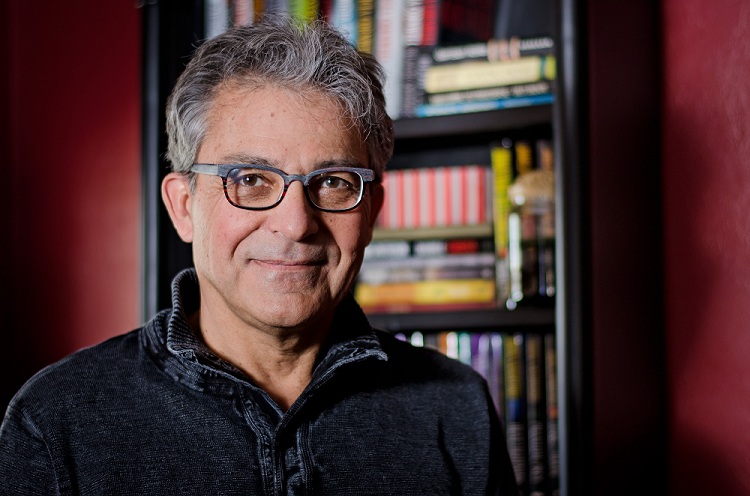
Cell and Gene Therapy Manufacturing and Commercialization US 2022 – Impressions of this year’s event
Informa Connect just concluded its Cell & Gene Therapy Manufacturing and Commercialization US event (CGT 2022). As part of Biotech Week Boston, a hybrid in-person and virtual event, it supported probably the most comprehensive biotech/biopharm event of the year.
The Venue
Co-located with BPI 2022 (BPI 2022) in the Boston Convention and Exhibition Center, boasting 2.1 million square feet of space, it enabled easy access to these scientific, industrial, and educational events. Despite being downtown, it’s only a couple of miles from Logan airport (BOS), and MBTA’s complimentary Silver Line from the airport− making it possibly the most accessible venue of its type for even international travellers. This, along with a variety of nearby hotels and daily parking at $25/day, make it incredibly convenient and economical.
The Event

This year’s program included diverse themes from the research, bioprocessing, commercialization, and clinical arenas. It hosted over 100 top scientists presenting in all phases of CGT development, production, and application to over 2,000 attendees. I must note that it did support a virtual component, which I did not experience. And of course, there was significant representation by suppliers within the enormous convention center exhibition hall. A nice bonus is that we had our choice of full breakfasts and lunches at a wide variety of sponsored workshops on the newest relevant equipment and materials.
It’s impossible to even quickly outline the diverse titles and topics presented in the scientific sessions through the week. At the highest level, they included a day of pre-conference plenary workshops, followed by two days of oral papers on CGT science and manufacturing. There were also many networking and educational events on themes including product and process development, raw materials supply chain, and commercial manufacturing supporting the many CGT and immuno-oncology disciplines. The basic CGT sessions included Plenary Papers, Cell Therapy, Gene Edited Ex Vivo Therapy, and In Vivo Gene Therapy. For me, the only challenge through the entire event was to understand the ConnectMe app, although ultimately such products are powerful and green.
The Activities
The elements of this year’s program follow the remarkable success in recent CGT technology and filings. I particularly enjoyed a representative Breakfast Presentation sponsored by Repligen, on the topic of process intensification. It included the use of a new cell retention device in continuous processing, the TFDF®, on which they presented evidence of achieving a 31x (per volume) lentiviral production over standard batch processing.
A scientific paper I feel is representative of the exciting and unpublished science presented at the meeting was one by Kate Rochlin, COO at In8bio. She began by introducing that one of In8bio’s most exciting projects is developing gamma-delta T cell therapies for glioblastoma (GBM). They employ a unique approach in that they engineer the γδT cells to be chemotherapy resistant− so they can be administered in a combination therapy and attack the tumor cells in their most vulnerable state. Encouraged by early phase-1 data, In8bio is continuing to enroll and move into a phase 2 study looking at both autologous and allogeneic γδT cells in the treatment of GBM.
I must mention that the Exhibition Hall was particularly exciting this year. First of all, the organizers really made it the central hub of activity with a number of stages, such as for the BPI Theatre and Spotlight Theatre running continual presentations and panel discussions through the week. The poster arena located at the very center of the hall featured expanded abstracts of such timely topics as that from DPS Group (figure). There was a generous and rotating selection of better-style refreshments throughout the event. Finally, the many premier vendors represented new services, materials, and equipment supporting these emerging entities. This included a variety of consultants, and CDMOs, as well as those providing such products as personalized-scale bioreactors and new offerings in cell culture media, supporting diverse cell types and such manufacturing modes as continuous processing.
Well, whether the past two years of reduced participation at such events due to COVID contributed to it or not− I myself felt that one could actually feel the excitement in the air over the new and advanced directions in the industry. All in all, this was a very successful congress that powerfully reflected the energy, accomplishments, and direction of both the novel entities and elements of commercialization in CGT.
About the Author
 William Whitford, Life Science Strategic Solutions Leader, DPS Group
William Whitford, Life Science Strategic Solutions Leader, DPS Group
Bill Whitford joined DPS Group as the Life Science Strategic Solutions Leader. Here he assists in developing creative strategies supporting the manufacturing of both classical and innovative biotherapeutics.
Bill began his carrier as an R&D Leader, commercializing over 40 distinct products supporting biomedicine and biomanufacturing. Applications ranged from assisted reproduction to the culture of animal cells in protein biological and vaccine production.
Most recently Bill has been a thought leader identifying burgeoning biomedical products and processes. An invited lecturer at international conferences, he has published over 300 articles, book chapters, and patents in bioproduction; is a regular presenter at international conventions; and is an instructor in biomanufacturing.